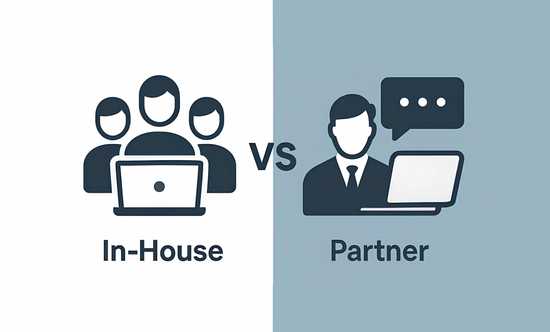Does your business need Artificial Intelligence?
Artificial intelligence has seeped into seemingly every existing industry and keeps revolutionizing the way we produce, distribute, and consume goods. But what about your business? Have you already given in to the hype, or are you still figuring out whether AI would be of any good for your case? Let us help you a bit.
First of all,
What kind of Artificial Intelligence are we talking about?
Under artificial intelligence, we mean a computer system able to do a task without being explicitly programmed to. It is not the most stringent academic definition in a sense that true, Skynet-type AI hasn’t been achieved yet, but the term is popular enough and neatly covers all intelligent technologies we do already have.
There are two approaches to artificial intelligence implementation, each suited for its own niche: expert systems and machine learning.
Expert systems
An expert system is a way to transfer knowledge into a computer.
How it works: In expert systems, human experts structure their domain knowledge in the form of “if … then …” rules. An algorithm then uses these rules to quickly and accurately process large volumes of data to choose, combine, rate, predict, route, etc.
When is it used: Such systems essentially shoulder tasks that don’t change much with time, stick to a strict procedure, and have an abundance of structured data, making for a more affordable, consistent, and scalable service.
And almost every industry has such tasks. One of the projects where we implemented expert systems, for example, was a stylist app that generated outfits. The principles of matching clothes aren’t affected by the whims of fashion trends. So we collaborated with a stylist, described the rules of putting a look together, and developed a recommendation algorithm.
Machine learning
Machine learning enables computers to produce new knowledge on their own.
How it works: Machine learning is an umbrella term that stands for several different technologies which operate on a common principle:
- You load prepared training data into the system and set the desired output.
- The system detects patterns in data, tries to determine which of them correspond with the needed results, and builds an algorithm that checks for these patterns.
- Through trial and error, the system refines the algorithm, hence the “learning” part. You can then use this algorithm on the raw data and still get quite accurate results.
When is it used: The ability to adapt and improve allows the computer to make sense of any type of data with minimal human interference. That’s why machine learning is so widely adopted. For now, it is used in several fields, including:
- speech recognition,
- computer vision,
- natural language processing,
- robotics,
- deep learning.
And here comes the beautiful part: you can combine different AI technologies to achieve even better results. For that same stylist app, we developed a neuron network that could recognize and classify pieces of clothing on user-uploaded photos. Now digitized and labeled, the user’s wardrobe was fed to the expert system so that it was able to create outfits.
That being said, the abilities of artificial intelligence are still limited. Too broad and complicated expert systems will melt CPUs and turn obsolete once context changes. And machine learning algorithms will forget everything they’ve learned in the blink of an eye if left unattended and burn through money and time to re-train. AI technologies can complicate things just as easily as elevate business processes. So the question is when AI is worth all the trouble or, in other words,
Which business processes can benefit from AI?
To answer this, we advise breaking the process down into separate steps and looking into the content of each of them. There are certain types of tasks that artificial intelligence can either automate or make easier for humans to perform.
What machines can do better than humans
These are the tasks that are easy to do manually per se but systematically eat up too much employees’ time. If you’d rather outstaff or automate this task, chances are AI technologies will do even better:
- routine, repetitive operations,
- operations that need scaling up,
- data aggregation,
- complex computations,
- finding patterns, correlations, or relationships in data.
Such individual tasks that would yield faster results once automated and are easy to implement are low-hanging fruits, the best choice for starters embarking on the “smart” path.
Examples: automatic invoicing, making schedules, maintaining a database, filling out and processing documents, building simple reports, managing logistics, inventory or assembly lines, data segmentation, product suggestions, content moderation.
What machines and humans do better together
These tasks are the advanced ones, requiring a laid groundwork both in terms of AI-development experience and complexity of business processes:
- data collection, structurization, and analysis,
- decision making,
- monitoring,
- forecasting,
- modeling of processes, prototypes, and events.
When the workload is too overwhelming and complicated for a human expert to deliver solid results consistently and quickly but requires human agency computers lack, the move is to combine the best of two worlds. Machines can handle heavy computations while humans take action on the derived insights.
Examples: recommendation systems for management, self-driving vehicles, risk assessment in banking and finance, modeling of processes and prototypes in scientific research, VR/AR-augmentation in manufacturing.
With artificial intelligence technologies, you can not just upgrade your workflow but make it your market advantage, boost your business growth, and create innovative products.


